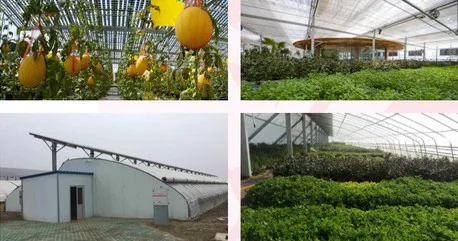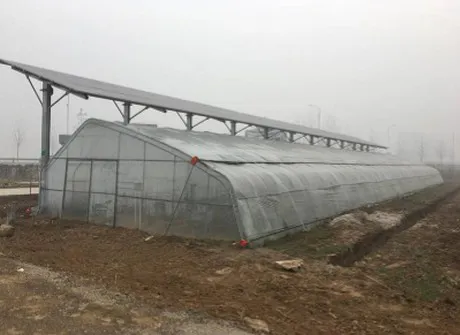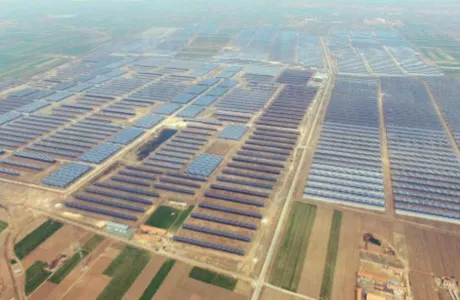The costs of PV installations has become more attractive over the last couple of years. Still, for many greenhouse growers and agricultural entrepreneurs it often remains a challenging question if they should invest in the sustainable energy source. PV specialists at Xilia aim to make things less complicated.
After seeing many Chinese solar greenhouse growers using dedicated PV technology, Dutchman Rene Moerman was inspired to introduce the technology in more greenhouse industries. His company Xilia was active in offering solar asset protection, but as a son of a Dutch greenhouse grower, Moerman decided to take a closer look at the potential of PV in horticulture. "I got in touch with a greenhouse grower in Qingdao who operates more than 500 hectares of solar greenhouses. This project delivers more than 500 Mw of electricity."
While many companies in Europe and North America previously touted the integration of PV in greenhouse technology, Moerman said that the cost and quality of the panels could often not meet the requirements for a sustainable investment. "However, with the new dedicated and more affordable Chinese systems, new opportunities are on the horizon. "
Moerman explained that a Chinese manufacturer has designed special BIPV panels for agricultural and horticultural application.
"The panels are very suitable for installation on greenhouses. They are more rugged than the previous generations of solar panels, resistant to extreme temperatures and humidity changes and are designed for a horticultural application. The panels are strong enough so you can walk on them when you need to apply coatings on the greenhouse. They are resistant to alkaline, acid and other cleaning materials. As well as this the panels offer high wind and snow load resistance and excellent fireproofing. They come with a tailored transparency and deliver a higher energy conversion."
Depending on the crop, location, local energy prices, available subsidies and many other parameters, PV can be very interesting to greenhouse growers in other countries too. Moerman's company Xilia specializes in delivering feasibility studies to analyze whether the investment in PV make sense or not.
"We do this by serving as a counterpart towards greenhouse constructors and greenhouse project consultants. We make a dedicated analysis of the technical details and work together with the engineers of the greenhouse project to implement it into the design of the greenhouse. By taking into account all of the variables, we give a tailored investment advice based on local conditions and circumstances."

Currently, Xilia is analyzing crops and markets for several greenhouse crops and countries. "We do not focus on existing markets or crops where it does not make sense to implement PV. We look at new crops and locations, think about kiwis, stonefruit, or even tea. In China for example, there are growers who have installed PV on 50% of their structure. In the shadow of the 'dark' part they grow a crop that requires less light, such as mushrooms or asparagus, and in the lighter part they grow a regular crop that requires daylight. Some of the growers earn more from selling the electricity than from the sale of their agricultural output."
For more information:
 Xilia
XiliaRene Moerman



 Xilia
Xilia



 Xilia
Xilia